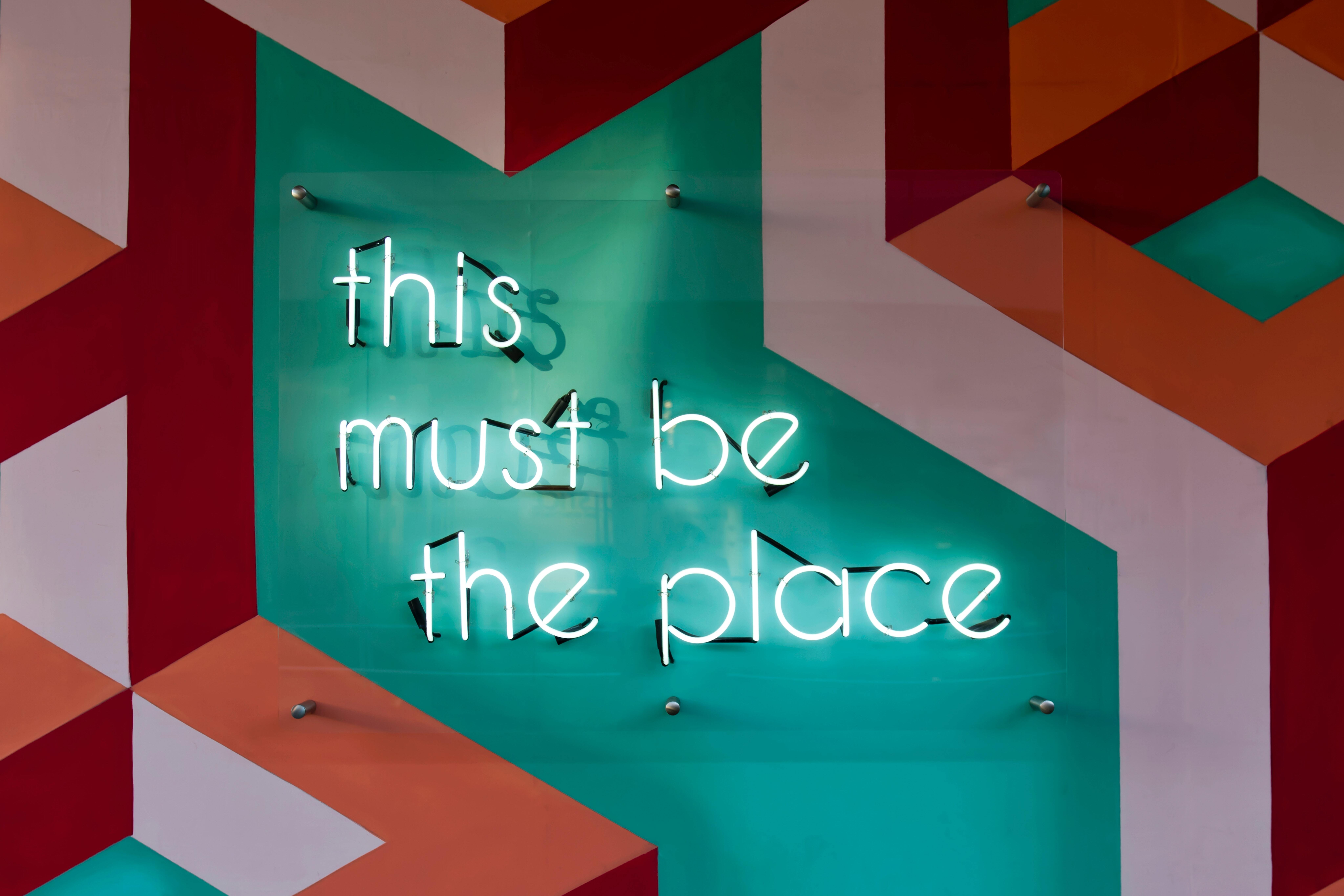Have you ever found yourself scrolling through your Instagram feed and coming across a new product that catches your eye? Maybe a hangover remedy, comfy Nordic socks, or a new pair of trainers. Before you know it, you’ve hit one-click payment and – in the blink of an eye – bought something you had no intention of buying.
That’s a great example of short-term performance marketing. Your data magically matched the algorithm and you became part of a social media campaign. The company did what it set out to do: boost sales.
But what if you’re selling big ticket items – things that people tend not to buy on impulse? Or you’re selling a B2B service that requires the input of a number of stakeholders? In that case, you’ll want to bring people into your orbit and keep them there. You want your business at the forefront of their mind at that point in the future when they finally decide they need the product or service you’re selling.
This is where the marketing funnel comes into play and the work of a creative marketing agency can really help. You need to nurture, i.e. build and develop relationships, with your leads until they are ready to give you their custom. There are many different ways to do this at each stage of the funnel but in order to be effective, first you’re going to need to lay the groundwork for success. This is not ‘Field of Dreams’ – build it and chances are, they will not come.
The Marketing Technology Stack
To deliver effective online campaigns, you’re going to need a marketing technology stack. This is a collection of tools used to execute, analyse and optimise campaigns. As you can see from this infographic, there are literally thousands of solutions out there. The right combination will depend on a number of factors such as whether you are a B2C or a B2B company and the skillset of your team in order to maximise your benefit from the technologies. The essentials, though, are as follows:
- CMS: your content management system powers the information you want people to read on your website
- Email: still one of the most effective ways to communicate with customers and campaigns can be automated
- Analysis: analytical tools that gather data to provide insights on content performance
- Adtech: a variety of combinations can be used, including paid search, retargeting, banner ads and tracking software
- Social media: paid advertising options as well as tools to monitor activity and engage with followers
- CRM: customer relationship management systems track customer behaviour and provide insights on campaign performance
- SEO: search engine optimisation boosts traffic to websites by getting pages to rank higher in search; influenced by quality of content, links to and from other quality websites, and keywords that allow the search engine’s algorithm to crawl your site easily
- Experiential: unique experiences in the form of events (real, virtual or hybrid), conferences, webinars
- Personalising/Testing: customising experiences for customers and the ability to test different options of website pages, app design, content headlines etc.
Content is the Fuel that Lights the Fire
There are a variety of ways to nurture your customers through the funnel. One of the most powerful is content. According to a 2022 report on inbound marketing trends, 60% of marketers consider content as ‘very important’ or ‘extremely important’ to their overall strategy.
Great content gives your potential customers the positive experience they are looking for. It has the power to grab their attention, keep bringing them back for more, and to establish trust in your brand. It can boost your audience on social media, generate leads from calls to action, provide information to educate audiences, make your business more visible in search results, build brand awareness, create brand advocates, and establish your business as an authority in its field.
Through the Funnel: Nurture not Nature
At the heart of everything, customers want a positive experience with a personal touch. These days, so many brands sell similar products and services at a similar price. To differentiate, you need to understand your customers. Data can help build up a picture of what your customer wants, what they like and who they are. Once you understand more about their habits and lifestyle you can start to predict their activities and tailor your campaigns accordingly.
With your tech stack in place and your customer personas established, the next step is providing the right kind of content at each stage of the customer journey.
Your initial aim is to attract ‘Attention’. This is the start of the customer journey. The entry point to the content funnel. Here you want to arouse curiosity and encourage them to want to find out more. Perhaps introduce a problem you can help them solve. You want your audience to know who you are and what you do.
The next challenge is to maintain ‘Interest’. Here you are demonstrating your understanding and insight on a topic, and forming a deeper connection by showing you know how people feel. You’re educating your audience and showing them how you’re different from the competition.
Next you need to create ‘Desire’ – this involves maintaining interest long enough for someone to move from thinking your product is a good idea to actually wanting it.
The final piece of the jigsaw is driving ‘Action’ – tipping someone from desire to actionable results such as making a purchase or setting up a meeting. Here you’re creating a sense of urgency.
But even then the content journey shouldn’t end. You want to inspire people to give you repeat business or to become brand advocates.
Why Video is the Kingmaker
Here at Hub we believe that of all the content types, video in particular is an excellent medium at every stage of the funnel. In general, video grabs people’s attention better, is more engaging, drives more traffic to your website, increases brand recall and pushes people closer to purchase. According to a Social Ad Effectiveness study by Unruly, video enjoyment increased purchase intent by 97% and brand association by 139%.
That doesn’t mean a one-size fits all approach – different types of video are needed at different times. But the right kind of video can be effective at both bottom-of-funnel performance marketing, and the brand awareness top-of-funnel stage. For awareness, you may want to tell the story of your brand to introduce people to you and your product. Or you may want to outline a problem that you are able to help solve. Later on, when potential customers are looking to find out more about your product or service, an explainer video or product video may be the best option, allowing you to go into detail about specific features or benefits. As your audience moves closer to the bottom of the funnel and is seriously considering taking the final step, you may want to use case studies to show how previous customers are benefiting from your product – something with an emotional impact here can be helpful to tip them into action. Finally, you will want to consider using video to retain customers by giving them information about how to get the best out of your product or how to look after it, or keeping them up-to-date on new launches, special offers etc.
Social media continues to evolve. In 2022, brands are investing heavily in Instagram, YouTube and TikTok. YouTube has jumped from fourth most popular platform in 2021, to second place in 2022. Its popularity lies in its flexibility and its position as the world’s second biggest search engine after Google. YouTube can also be useful for both long-term brand building and short-term activation. Brand consultant and former marketing professor, Mark Ritson, believes that no medium is necessarily better than another – some are good for short-term, some for long-term – but he feels that YouTube is able to achieve balance across both as long as there are separate executions and both are connected together in an overall campaign with other video. In his video series ‘The Long and the Short of It’, Ritson speaks with Menulog (Australia’s Just Eat) CMO, Simon Cheng, and discovers how the company used YouTube to build brand awareness amongst a younger demographic and drive a sales increase outside the traditional weekend take-away ordering times.
In terms of ROI, Facebook continues to dominate. In terms of format, short-form video is the most prevalent. According to video marketing platform, Wistia, almost a third of videos uploaded are 60 seconds or less. However, the next biggest category is 5-30 minutes. In fact, long-form is the fastest growing category. Over 72% of brands surveyed by Wistia said they want to create new types of video, including original branded series and new product videos.
In short, more and more videos are being made, it is being consumed in greater volumes than ever before, and it is proving effective across many different channels. Ultimately, the key to achieving better results is to plan your video campaigns around specific strategic results and use a variety of different types of video across the most appropriate channels for your brand.
Extraordinary Audience Engagement
Hub advocates a model we call ‘Extraordinary Audience Engagement’. We take brands from the here and now and propel them towards extraordinary audience engagement with deep-dive content audits, competitor analysis and audience research. We are driven by achieving your objectives in the most creative way imaginable. This is only possible when we know the best content formats for your audience, the marketing channels they engage with, and the right frequency of communication. Our strategies produce original campaigns that are finely tuned through measurement and optimisation, delivering results to shout about. It’s a three-step process that involves:
- Identifying your own customer data
- Building your own digital ecosystem
- And serving appropriate content at each stage of the decision making process
By crafting integrated campaigns and content that tell your story and add value to people’s lives, your brand will turn heads, be thumb-stopping, and be memorable.


















